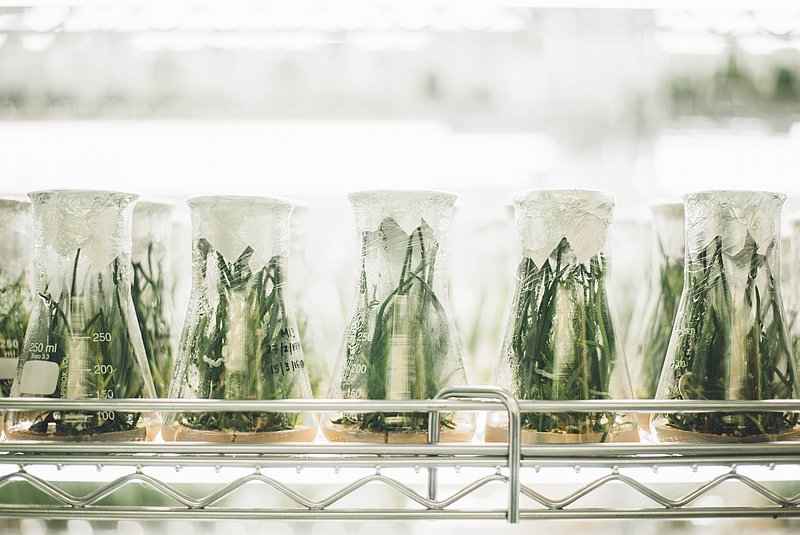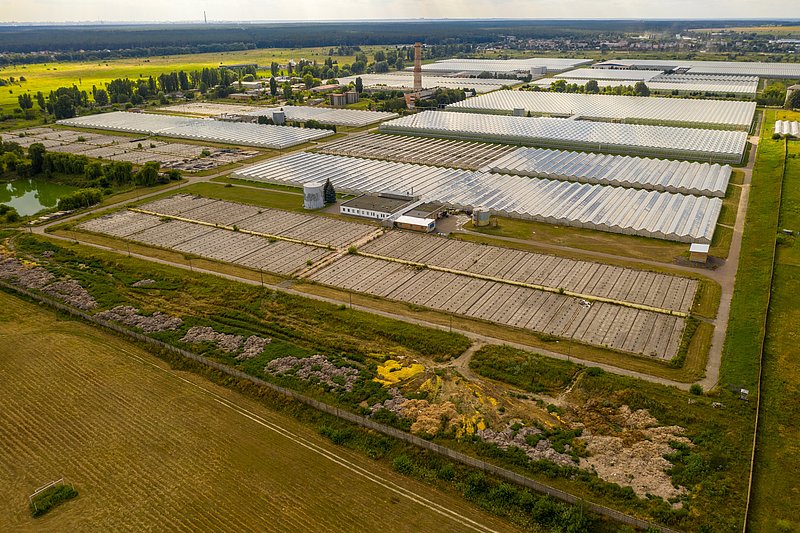Bioeconomy - Much More Than Building An Ecological Circular Economy
The term bioeconomy has become increasingly prominent in recent years. Properly applied, it could change not only our economy, but also each and every one of us. This has enormous potential – how can it be used?
Actually, the name already says it: a bioeconomy aims to align our economy biologically. We are talking about a transformation of our current oil- and fossil-resource-based economy into a sustainable economy based on biogenic resources. This is exactly what distinguishes it from the idea of a circular economy: the bioeconomy is therefore much more than "just" a circular economy. So far, so economically.
But in addition to the environmental and economic aspects, it is no less than a matter of social change. All our interests should be reconciled as much as possible by building a bioeconomy. Entire industries such as the plastics industry will have to reorient themselves. It takes time – and we don’t have much of it. That is why the bioeconomy is not stopping on our doorstep; our daily lives are also changing towards a more "natural" use of all our resources. These are limited – even if Western societies in many places experience the opposite. So what does it take besides re- and upcycling strategies, a thriving economy and a newly imagined job vector? There are, above all, political changes. There is an even better connected, global collaboration. And there is more mindfulness and empathy – for our environment, but also for our fellow human beings.
A complete change at all levels – not so easy. The good news is that many countries are already working alone and together on strategies for achieving this change. Examples are platforms, projects and initiatives such as the Bioeconomy international platform, the global Bioeconomy Summit, the Global Bioeconomy Alliance, The Bioeconomy Horizon 2020 or the Sustainable Development Goals.
Basically, this transformation involves two parts: combining biological knowledge with new technologies to drive the construction of a sustainable economic system, and using biogenic resources as a raw material base for theeconomy.
Back in harmony: nature with science
Scientists are already researching diverse processes and living beings on our planet. The idea is to combine the newfound understanding of biological processes with innovations and new technologies. The aim is to give a boost to the bio-based economy – including by creating new jobs.
However, we must not only learn from nature how it works, we can also work with it, for example with microorganisms. Microorganisms can be modified to produce products that can be used by us, such as the biodegradable plastic PHA in the MIX-UP project. Or you can use their enzymes to break down plastics. This biotechnological upcycling of plastics like MIX-UP is an important part of a sustainable bioeconomy.
The second part relates to the focus of the economy on biogenic resources with a focus on renewable raw materials. Such renewable, land-based biological resources include crops, forests, fish, animals and microorganisms, but also bio-based residues and waste. They can be used to produce food, materials and energy. At this point, the circular idea described above again plays a major role and is indispensable for the transformation into a bioeconomy. Biogenic resources can be even more: once researched, they could be used again for house building in the future or serve as a dietary supplement and relieve the health system.
The bottom line, then, is that a bioeconomy combines sustainable growth, social well-being, and environmental and resource protection. It is more than building a circular economy. It is the beginning of a new age in which humanity learns to live in harmony with nature.



